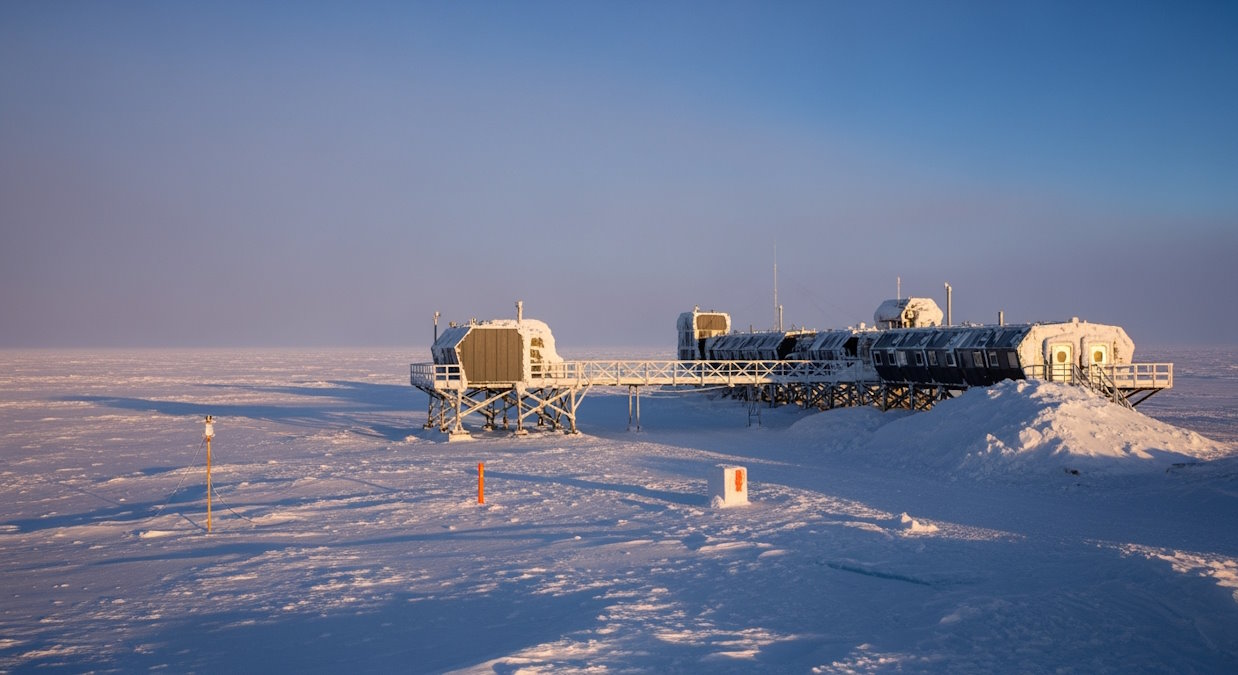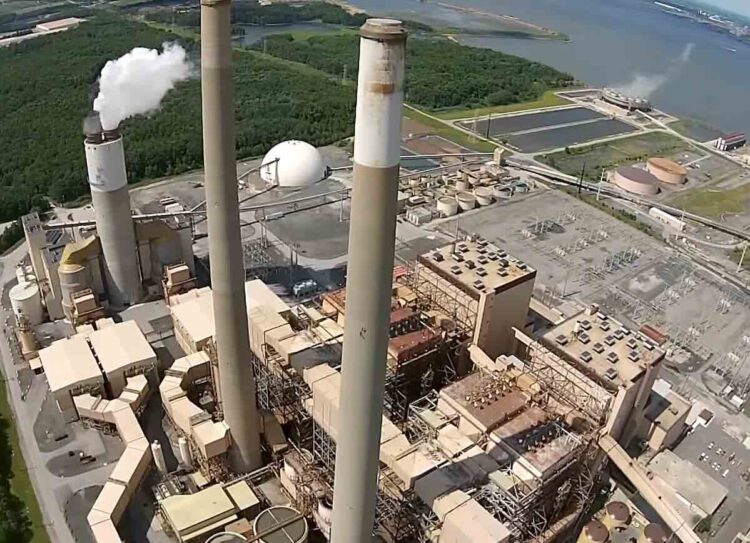Not a Lot of People Know That
By Paul Homewood | September 19, 2021
Just in case anybody thinks that the energy crisis is just a UK one, think again!
This article is from the German site, Blackout News:
The Germans have broken a record again. Drastically increased wholesale prices and expensive emission rights are driving electricity prices in Germany to ever new record levels. In addition, of course, there are also high taxes and levies for renewable energies and the network charges, which we have already listed in our article “This is why we have the most expensive electricity in the world”.
A new addition is the annually increasing CO2 tax on electricity generated from fossil fuels, which is one of the reasons why the electricity price has reached a new record.
Germany already has the highest electricity price in the world
Germany has the highest electricity price in an international comparison. However, a new peak was reached in August, higher than ever before. According to a current analysis by the comparison portal Verivox, one kilowatt hour of electricity now costs an average of 30.4 cents for private households.
Wholesale prices responsible for higher electricity prices
The wholesale prices for electricity rose significantly in 2021 and are therefore the main reason for the current rise in electricity prices. In January the average price on the EEX electricity exchange was 45.29 euros per megawatt hour and had already risen to 50.81 euros by July. This corresponds to a price increase of around 12 percent. The electricity providers are now passing the price increase on to the end consumer.
Electricity demand rises after corona lockdown
The reason for the rising wholesale prices is the increasing demand for the corona lockdown. The industry is ramping up its production to the level before Corona. At the same time, longer periods of darkness lead to a reduced supply on the producer side. Renewable energies delivered significantly less electricity than expected in 2021 due to the weather. That is why the network operators have to import large amounts of electricity from abroad at great expense.
The incident on August 14, 2021, on which the network operators had to take several industrial companies off the grid due to a lack of electricity in order to prevent a blackout, also shows how scarce the supply is now.
After the shutdown of the nuclear power plants, even higher prices are to be expected
The operators will shut down the last remaining nuclear power plants by the end of 2022. The resulting gap in supply cannot even come close to being covered by the construction of new wind power and solar systems. For this reason, other coal-fired power plants that have already been shut down must be reconnected to the grid to ensure the supply. Since coal-fired electricity, as well as electricity from gas-fired power plants, is burdened with the CO2 levy and the expensive emission certificates, one must reckon with a further increase in the price of electricity. In the first few weeks of September, wholesale prices even exceeded € 100 per megawatt hour for several days. The record value from August will probably be exceeded again in September.
https://blackout-news.de/en/news/electricity-prices-reach-new-record/
The August 14 blackout was reported at the time here:
Power supply for critical industrial companies disconnected from the grid On Saturday, August 14th, the network operators disconnected several industrial companies from the power grid in the evening. The electricity generation could no longer cover the current electricity demand in Germany. The power supply was critical and it was no longer possible to secure the supply even by importing electricity.
A break in solar power triggers the shutdown of industrial companies The generation of electricity in Germany on this Saturday was downright chaotic. During the day, the solar systems generated a lot of electricity due to the almost optimal solar radiation. Between 1 p.m. and 2 p.m., the solar power reached a peak output of more than 30,000 megawatts. In the evening, the power generation of the solar systems collapsed drastically. Between 7 p.m. and 8 p.m., they delivered around 3,000 megawatts, just 10% of the output from the afternoon. Demand for electricity not covered by electricity imports either
However, the demand for electricity in the evening was almost unchanged at a good 50,000 megawatts. The network operators therefore had to call up all available reserves. But the output of the pumped storage power plants and the lignite power plants run up to their maximum load was not enough to compensate for the deficit between electricity demand and electricity generation. The still missing amount of electricity could not be compensated by importing electricity from abroad. Therefore, shortly before 8 p.m., loads were shed from larger, energy-intensive industrial plants, such as aluminum and copper smelters.
The disconnection of the so-called immediately disconnectable loads took place for the affected companies, however, without prior warning. As we have already described in our article 5-Steps to Blackout – The Security Concept of the Power Grid, the 2nd stage of the security concept already took effect.





